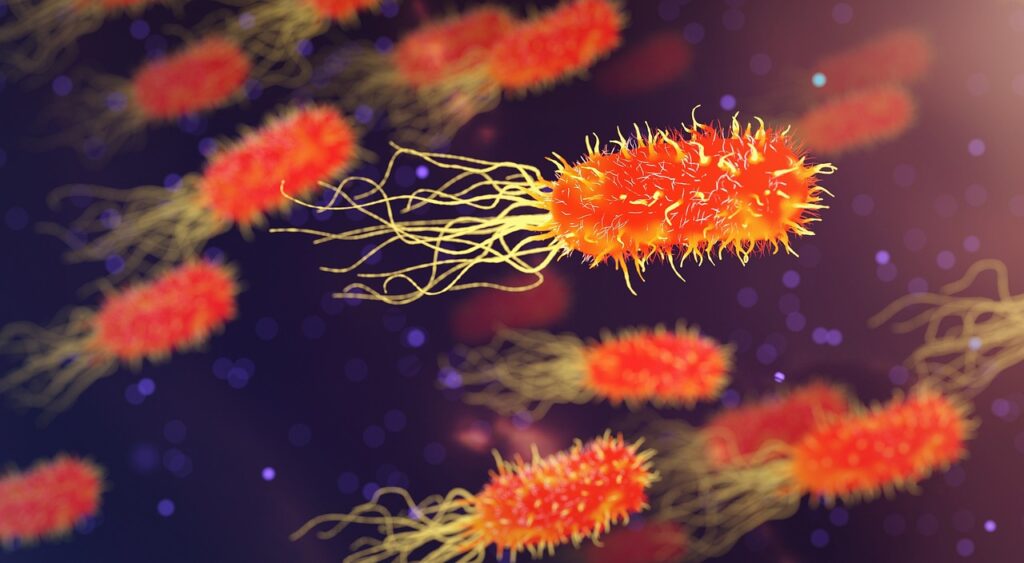Properly functioning bacteria in your septic tank is essential to keep it running smoothly. Unfortunately, improper maintenance can lead to serious problems like clogged pipes or backups of wastewater. Learn how to identify bacterial issues in your septic tank and take the steps necessary to keep it functioning properly.
Table of Contents
ToggleUnderstand how bacteria affects the functioning of your septic system
Bacterial activity is essential in a functioning septic system. As wastewater flows into the tank, bacteria start to break down and digest the organic matter present. This digestion process helps prevent clogs and allows wastewater to flow freely through your pipes. Without properly functioning bacteria, sludge can build up or solids may pass through the tank, causing a serious problem.
Learn to recognize unusual symptoms in and around your septic tank due to bacterial growth
Bacterial growth in your septic tank can cause a variety of symptoms that need to be addressed properly. If you notice any odd odors coming from your tank or the area surrounding it, this could be a sign that bacteria is present. Unusually lush vegetation around the drainfield may also indicate higher levels of bacteria due to additional nutrients being released into the ground. Lastly, backup or blockages in pipes and drains may be an indication of bacterial clogs that need to be cleared out.
Regularly inspect your tank’s condition
Regularly inspecting your septic tank’s condition is a must in order to identify issues before they become too serious. You should make a habit of checking for problems such as algae growth, corrosion or rust, sewage odor release, wet spots on the ground and other blockages. If any of these symptoms are present, it’s best to contact a professional right away in order to make sure the issue is handled correctly.
Help maintain a healthy balance of good bacteria within by using powerful treatment products formulated for septic systems
Keeping good bacteria inside of a septic system is extremely important, as this bacteria helps break down solid matter that can accumulate inside the tank. To maintain a healthy bacterial balance within the tank, it’s important to use powerful treatment products that are specifically formulated for use within septic systems. Products such as enzymes, drain foaming tablets and root killers are designed to help keep your tank clean and in check.
Take the necessary steps when harmful bacteria such as coliform are present in your system and have them professionally treated immediately to keep it running efficiently and safely
It’s important to take the necessary steps when harmful bacteria such as coliform are present in your system and have them professionally treated immediately to keep it running efficiently and safely. Septic systems can become overwhelmed by the presence of this bacteria and soon experience issues such as backups, flooding, and overflows. Such occurrences should be addressed right away; seek professional septic services if you find yourself dealing with these kinds of problems.
Septic Tank Bacteria FAQS
What impact does bleach have on your septic system?
Bleach is an effective cleaning agent in killing germs and bacteria, however it can have a detrimental effect on the septic system. The natural biome of the septic tank contains both good and bad bacteria. The good bacteria break down substances like grease, soap and dirt that are discharged into your house’s plumbing system. Bleach negates this natural process by wiping out both the good and bad bacteria which in turn stops your septic tank from breaking down these contaminants. Prolonged use of bleach will lead to a clogged up waste system, resulting in unpleasant odors, backup into your house and a squishy compound.
Are you looking for an alternative to bleach?
Chlorine and oxygen bleach are two of the most popular types of bleach. Chlorine bleach is a liquid containing sodium hypochlorite, which is often used to disinfect laundry; however it isn’t good for colored clothing. Oxygen bleach, also known as color-safe bleach, won’t remove patterns or colors on clothing, and works for cleaning bathrooms and kitchens too. Opting for oxygen bleach over chlorine will help avoid harming your septic system.
How much bleach is too much for a septic tank?
The American Cleaning Institute suggests that a moderate amount of chlorine bleach, such as the amount used for a toilet bowl cleaner (3/4 cup), would not have an adverse effect on your septic tank bacteria levels. However, using more than one gallon of bleach could lead to an imbalance in the good bacteria in your tank and slow down sewage flow. To be safe, dilute the bleach with water when pouring it down the drain.
Are you looking to replenish the good bacteria that has been eliminated in your septic system due to excessive use of bleach?
Using septic tank enzymes is one way to get your septic tank’s beneficial bacteria population back up. You can also use natural items such as rotten tomatoes and baking soda to add helpful bacteria and keep the pH levels in check. If you have any questions, don’t hesitate to ask a professional maintenance specialist for help!

